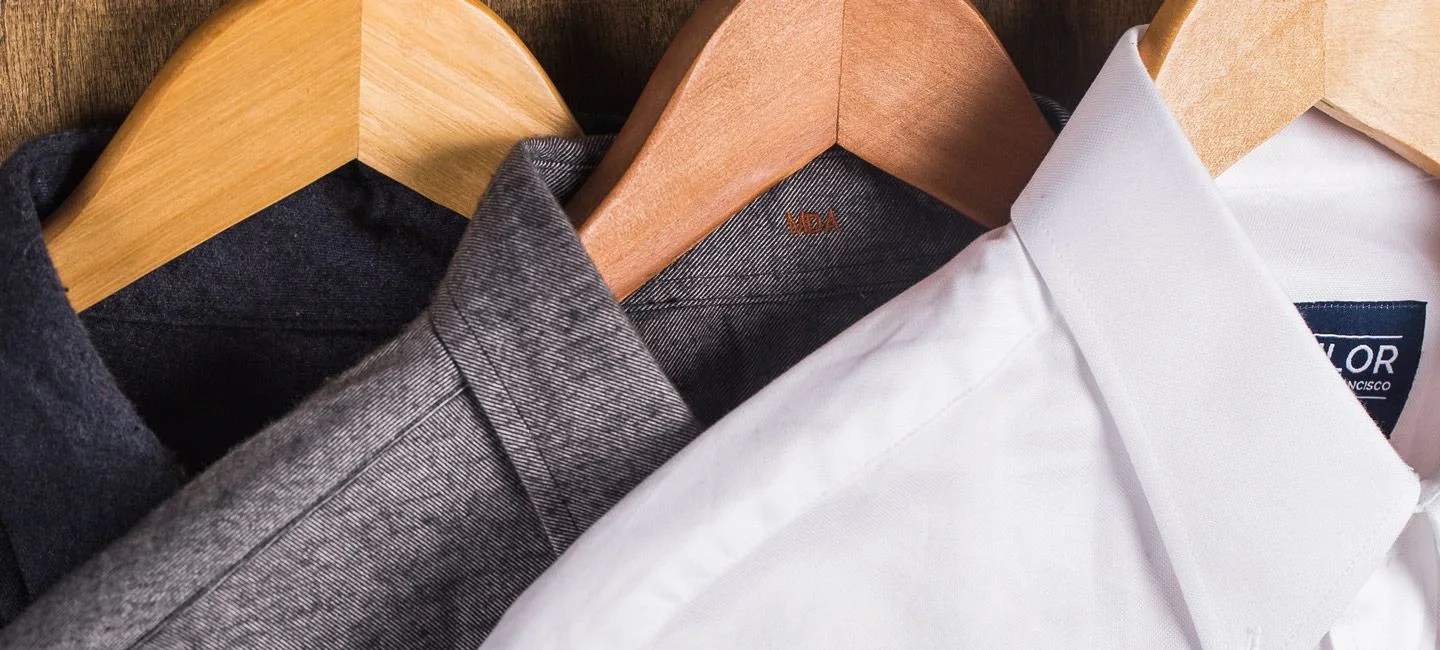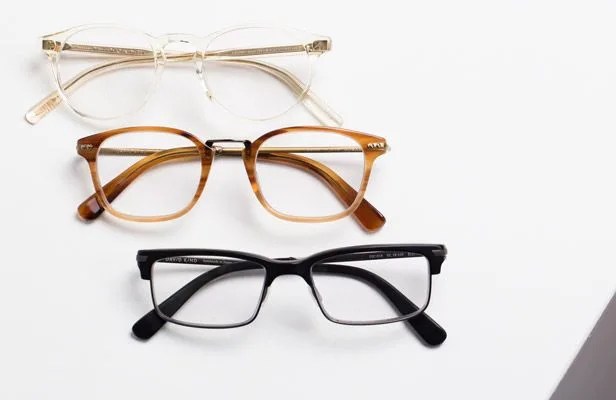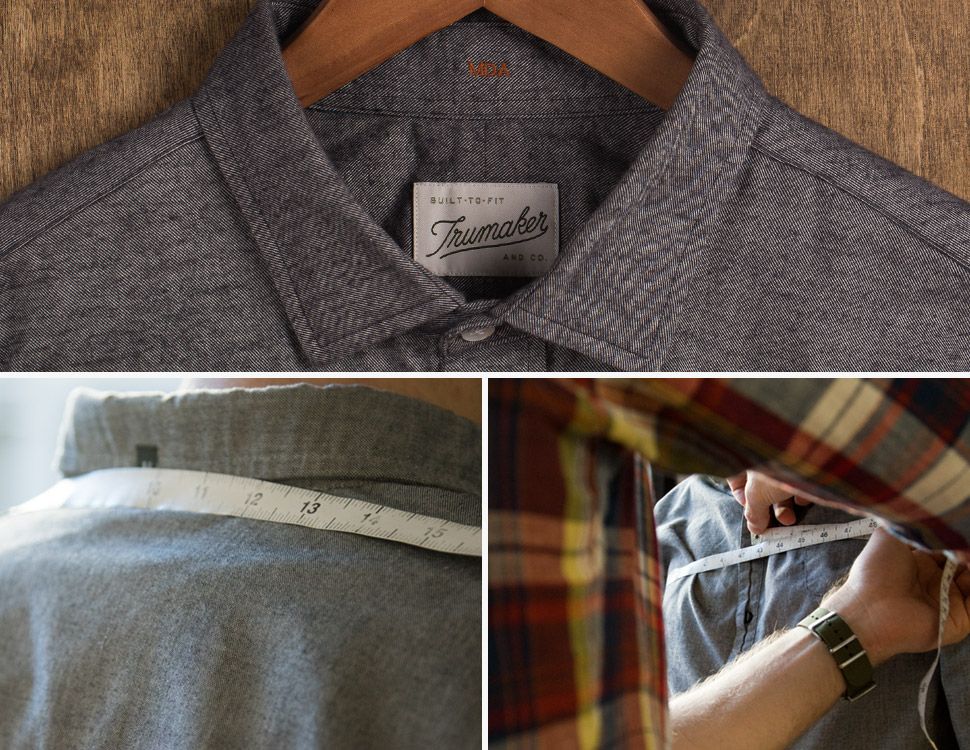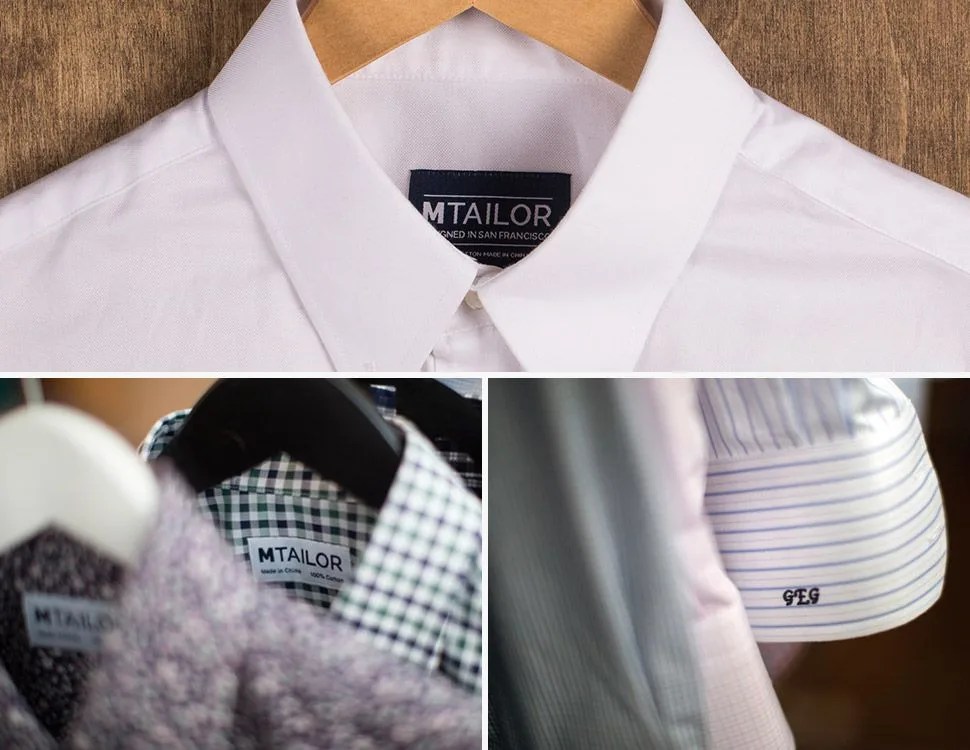Clothes are a square peg/round hole kind of problem. Off-the-rack clothes are pre-made, hung in stores, filtered through by the consumer, value-evaluated with the pocketbook, and then, finally, at the end of the process, tried on. If it fits, the consumer wins. If it doesn’t, he loses. As it turns out, most of the time the clothes don’t fit. With my 6-foot-5 frame, long arms and narrow torso, rack clothes tend to be short in the sleeve, wide in the waist. The peg won’t go.
So, men try custom — they carve their own holes and pegs. It’s expensive, it’s a slower process, but it’s hard to ever go back, because the cuts fit right, and the right fit looks good, and looking good feels good. My forays into custom fit just right, but in my tax bracket, cost (or a compromise in quality) has kept the tailor mostly out of reach.
So when a new wave of online custom shirt manufacturers entered the scene claiming they could make shirts just as good or better — and cheaper — than my neighborhood tailor, my interest was piqued.
The online shirting concept is simple: send in measurements, get a custom shirt. Websites can cut cost by foregoing brick-and-mortar stores and by sourcing from factories in Southeast Asia (Malaysia and China, mostly, who, by sheer volume, are able to invest in newer and more automated machinery, which speeds up processes and improves quality control). A consumer orders, and, in three weeks, said consumer gets a shirt.
It’s a straightforward process, but the practices of online tailors still vary. So, to get a lay of the digital clothing land, I tried three, signing up to each site, ordering a shirt, and wearing the shirt for two months. The skinny is that the internet is a vast and variable place, but it does happen to know how to make a shirt.
Proper Cloth
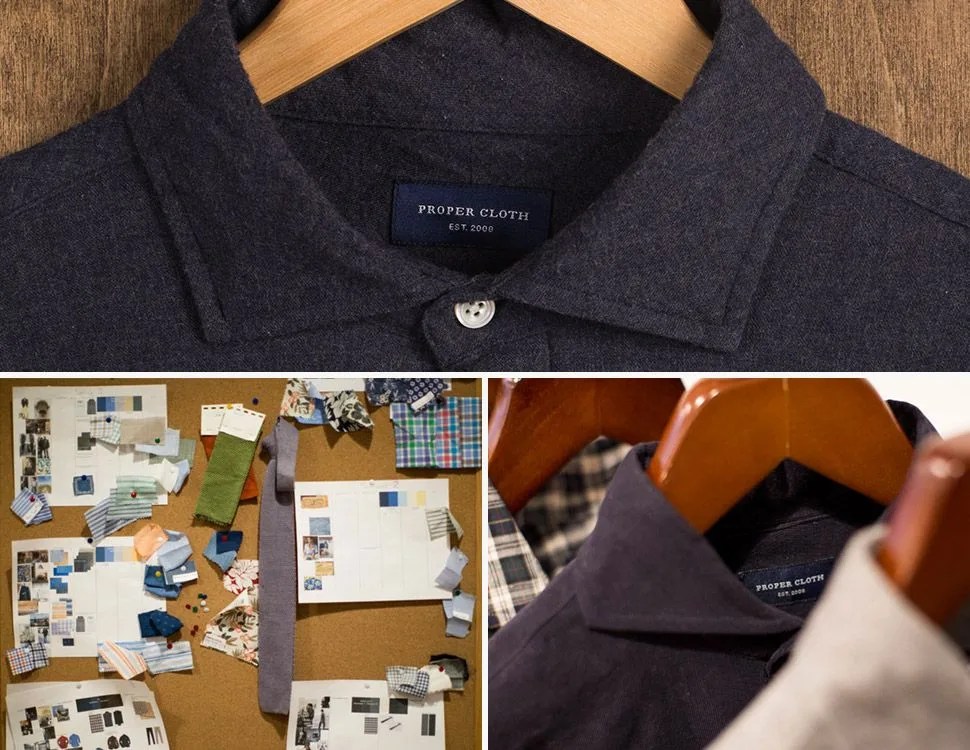
Proper Cloth was started in 2008 by Seph Skerritt, whose background is in engineering. That pedigree comes through in the workings of the site, which goes with a comprehensive approach to fabric and shirting education. They offer over 350 fabrics, each with details about weave, thread count, thickness and more (not to mention thousands of user reviews), and they can make nearly anything you want. Skerritt believes in pushing shirt/fit/fabric data back to the consumer so they can make an informed decision when creating their custom shirt, and the support section of the site references plenty of shirt geekery. More recently, they’ve moved to creating more curated lookbooks (“Collections”), whittling down their massive database into more digestible bits. For that, you can just point, click and get a custom shirt (once they have your measurements). In this way, they cover both bases: the shirting aficionado or the layman coming to make a quick purchase.
